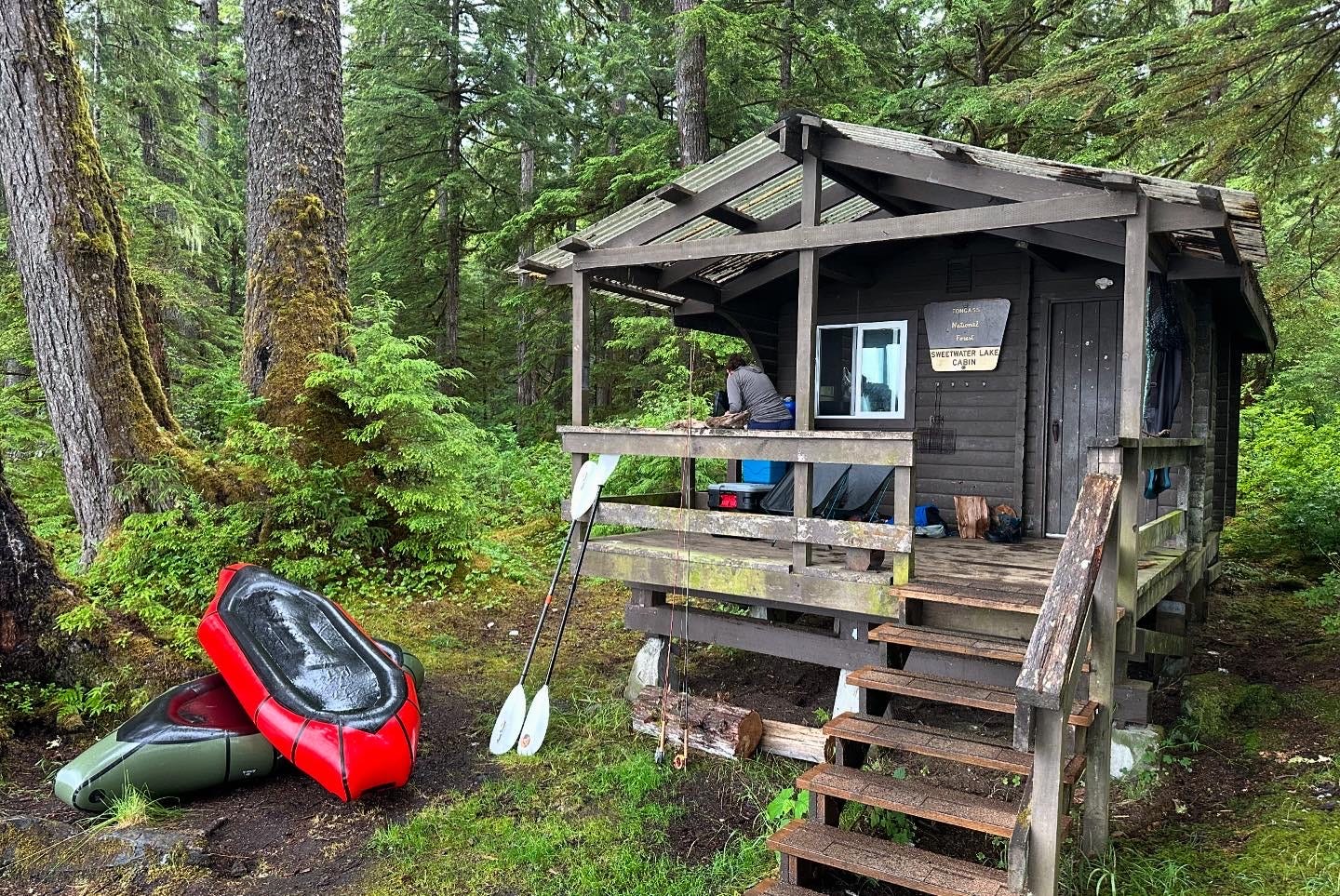
My high school English teacher told me you’re never finished with a piece of writing, you just finally give up. He was quoting Twain, or at least said he was.
I had found something I liked to write about and was editing like I hadn’t before because I cared like I hadn’t before. I wanted to get this piece right but there was always something to tweak, change or reword. He dropped the line on me and I never forgot.
So as I looked back at my last column I saw just how much I missed. I wrote about appreciating the time and effort creative, innovative, hard working people toiled to make fly fishing products available. I wrote about the undermining of the local fly shop and that irreplaceable starting experience.
But that is hardly adequate. An ecosystem is all the parts together and the story of fly fishing in Southeast Alaska can’t be told without the story of habitat.
Studies showed the damaging nature of not providing stream buffers while logging. Old culverts on unused logging roads block streams and with it, spawning habitat. Many culverts were removed, much to the chagrin of locals who wanted the roads to remain for hunting, fishing and foraging access. We know all this. Old news.
What will this look like in 20 years?
More than one thing can be true at the same time so though logging destroyed critical habitat, it was an important part of the Southeast Alaska economy and small communities depend on the good paying jobs provided by the small mills still in operation. There is also not a hunter, angler or berry picker in Southeast who has not said, “Down an old logging road…” when describing their honeyhole. Well, maybe not all, but certainly many.
What is done is done and the remaining, albeit crumbling, infrastructure is an opportunity for the recreational industry. I cringe at the thought of more Jeeps, ATVs or, gulp, more buses driving deeper into the landscape, but engaged participation in restoration and meaningful investment in recreation can make the future of Southeast special. It won’t be what it was, but it won’t be what it was going to be if we either continued with antiquated management practices or targeted easy-to-access old growth and logging it to the stream side. Or invest only in cruise ship infrastructure at the expense of the local experience.
I know that the term “investment” has become an unpopular euphemism for “taxpayer funded” but there are cases in which that is exactly the type of thing I want my taxes going toward. I want my tax dollars being spent on cabins, trails, road maintenance, grants for stream restoration and projects to rehabilitate habitat. I don’t want my tax dollars going toward corruption. I don’t want it shuffled from politician to politician while the voting class bickers about whose side is more corrupt as fishing, hunting, birding and outdoor rec—the reasons we live here rather than a warmer, dryer, cheaper location in the Lower 48—get worse.
One of my favorite images of fly fishing in angling literature comes from the late John Gierach who wrote about making campfires and brewing coffee in a percolator while the river rests.
(I don’t have the patience and Southeast Alaska doesn’t have the dry tinder, so if I do pull myself from the river, it’s for instant coffee from my jetboil.)
A morning on a river is the antidote to the stress of political realities. But they are realities and they are part of the ecosystem whether we like it or not.

